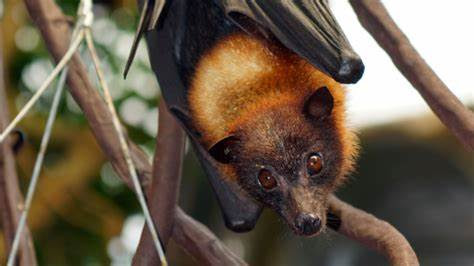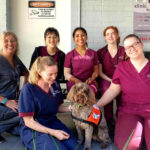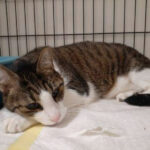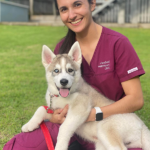
Worldwide Rabies vaccine shortage and how it affects our pets.
Flying foxes and one species of microbat are carriers of Australian Bat Lyssavirus (ABLV) Australian Bat Lyssavirus (health.qld.gov.au)
If your pet interacts with a bat, there is a chance that they may become infected with ABLV.
Two rabies vaccinations, administered 7 days apart, has been shown to give pets their best chance of immunity against ABLV.
Unfortunately, there is a WORLD WIDE SHORTAGE OF RABIES VACCINES. The means that for the foreseeable future, administering these will not be an options.

So, WHAT TO DO…
- Remember there has not yet been an actual recorded case of transmission between the bat and a pet
- Even in the Bat population, ABLV is not common
- If the bat your pet is interacting with is already dead, the risk is minimal
- TESTING THE BAT is now the best option. It is a free service and results will be through in 48 hours
Please remember
Never try to capture, restrain, or euthanise a bat following potential exposure. Contact the RSPCA (1300 ANIMAL), your local wildlife care group/rescue organisation or the Department of Environment and Science (1300 130 372) for assistance.
Testing a bat for ABLV involves euthanising it to enable examination of the brain. Euthanasia should only be carried out by an authorised wildlife organisation, state agricultural department or veterinarian.
If the bat is available to be tested for ABLV, the commencement of post-exposure vaccination (and HRIG) can be postponed for up to 48 hours while waiting for results. There is no need for rabies vaccination or HRIG if the bat did not have ABLV. If more than 48 hours pass before results are available, the rabies vaccination course can be commenced, but later stopped if the bat did not have ABLV. - If you cannot have the bat tested for whatever reason then your options are euthanasia of the pet (but bear in mind points 1,2 and 3 above) or monitoring for up to 6 months. This means trying to limit exposure of family members, particularly children, and other animals to the pet who has been exposed. This may mean avoiding dog parks/free play areas, avoiding doggy daycare, preventing pets sleeping in the same room as children). You are monitoring for any development of neurological signs, temperament changes.
Please do not hesitate to call us on 3262 1988 for advice or further information




